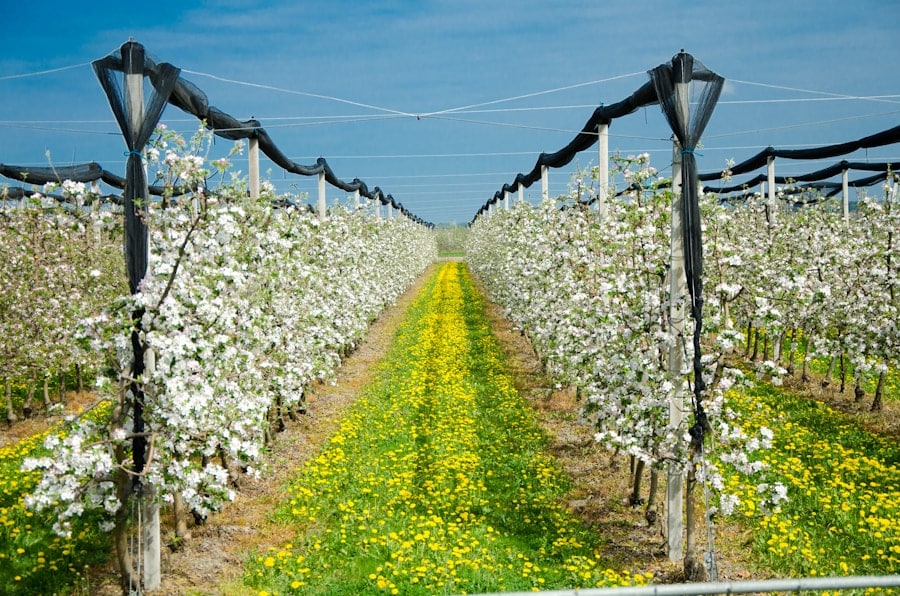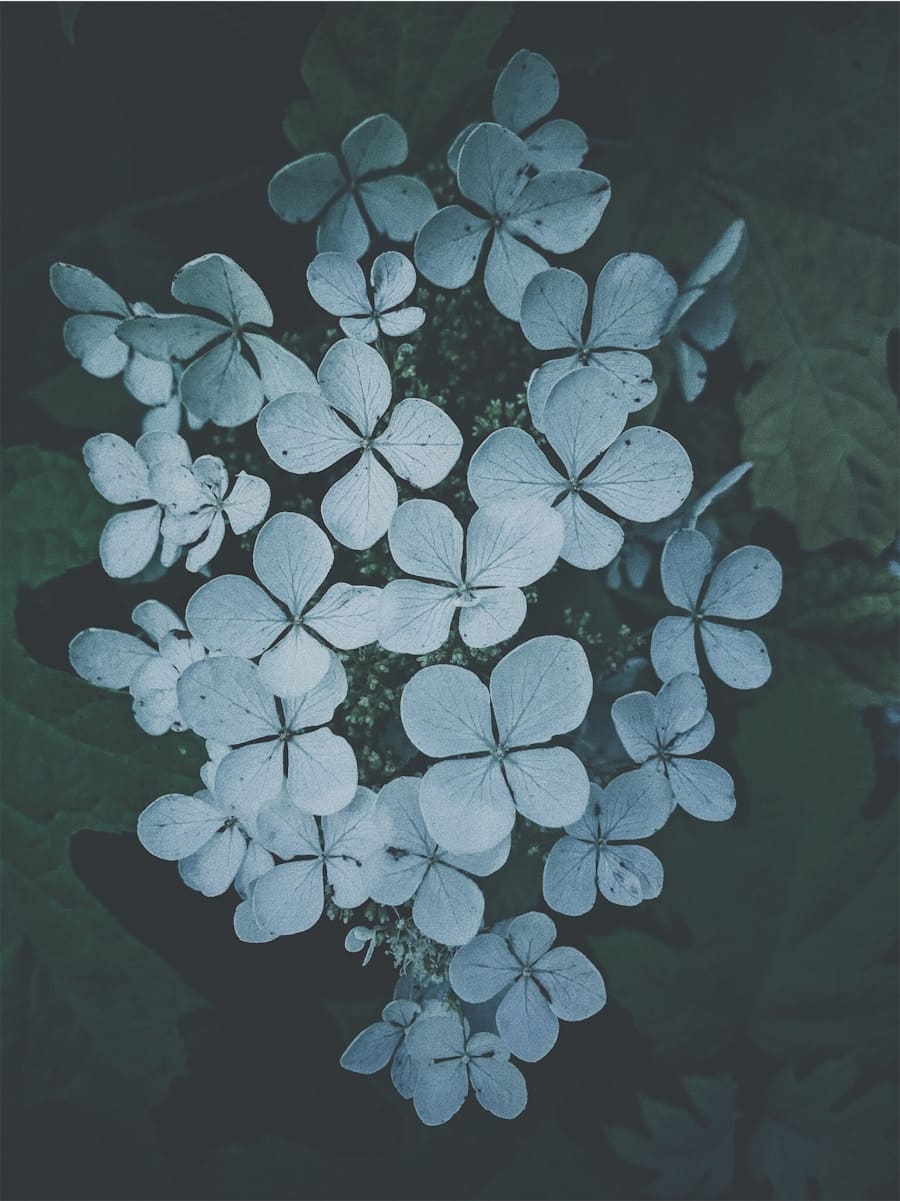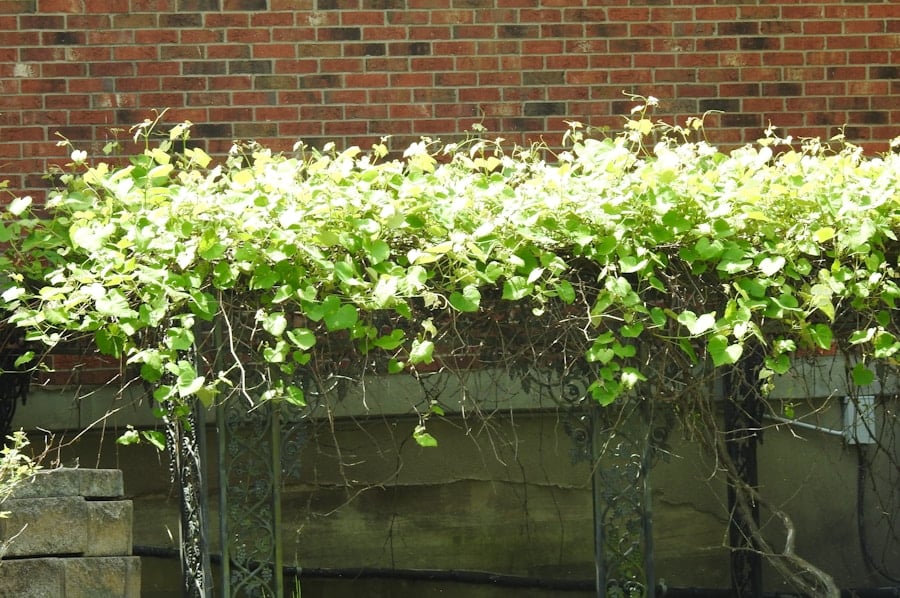As I wander through gardens and landscapes, I often find myself captivated by the delicate beauty of white flowered vines. These enchanting plants possess a unique charm that can transform any outdoor space into a serene oasis. The purity of their blossoms, often contrasted against lush green foliage, creates a striking visual appeal that draws the eye and soothes the soul.
White flowered vines are not just aesthetically pleasing; they also offer a myriad of benefits, from attracting pollinators to providing natural privacy screens. In my exploration of these vines, I have come to appreciate their versatility and adaptability. Whether draping over trellises, climbing up fences, or cascading down walls, white flowered vines can enhance the beauty of any garden.
Their ability to thrive in various conditions makes them an excellent choice for gardeners of all skill levels. As I delve deeper into the world of white flowered vines, I am excited to share insights on their types, care, design ideas, and the myriad benefits they bring to our gardens. Visit Our Site for more information about our products.
Key Takeaways
- White flowered vines add a touch of elegance and beauty to any garden or outdoor space.
- There are various types of white flowered vines, including jasmine, clematis, and moonflower, each with its own unique characteristics and growing requirements.
- Planting and caring for white flowered vines involves choosing the right location, providing proper support, and regular watering and fertilizing.
- White flowered vines can be incorporated into garden designs in various ways, such as climbing up trellises, covering pergolas, or trailing along fences.
- White flowered vines not only enhance the aesthetic appeal of a garden but also attract pollinators and provide a natural habitat for wildlife, making them a valuable addition to any outdoor space.
Types of White Flowered Vines
When it comes to white flowered vines, the options are as diverse as they are beautiful. One of my personal favorites is the Clematis, particularly the variety known as ‘Nelly Moser.’ This stunning vine produces large, star-shaped flowers that bloom in late spring and early summer. The contrast of its white petals with a hint of pink in the center creates a breathtaking display that can elevate any garden setting.
I find that Clematis thrives in well-drained soil and enjoys a sunny spot with some afternoon shade, making it a perfect choice for many garden designs. Another remarkable option is the Trachelospermum jasminoides, commonly known as star jasmine. This evergreen vine is not only adorned with fragrant white flowers but also boasts glossy green leaves that provide year-round interest.
The sweet scent of its blooms fills the air during the summer months, attracting bees and butterflies to my garden. I appreciate how star jasmine can be trained to climb walls or trellises, creating a lush green backdrop that enhances the overall aesthetic of my outdoor space. Each type of white flowered vine brings its own unique characteristics, allowing me to choose the perfect one for my garden’s specific needs.
How to Plant and Care for White Flowered Vines

Planting white flowered vines is an exciting endeavor that requires careful consideration of their specific needs. I always start by selecting a suitable location that provides adequate sunlight and protection from harsh winds. Most white flowered vines thrive in well-drained soil, so I make sure to amend the planting area with organic matter to improve drainage and fertility.
When planting, I dig a hole that is twice as wide as the root ball and gently loosen the roots before placing the vine in the ground. After backfilling with soil, I water thoroughly to help establish the roots. Caring for white flowered vines involves regular maintenance to ensure they flourish.
I find that consistent watering is crucial, especially during dry spells. Mulching around the base helps retain moisture and suppress weeds, which can compete for nutrients. Pruning is another essential aspect of care; I typically prune my vines in late winter or early spring to encourage healthy growth and abundant blooms.
By removing dead or damaged stems and shaping the plant, I can promote a more vigorous and attractive vine. With proper care, these beautiful plants reward me with stunning displays year after year.
Design Ideas for Incorporating White Flowered Vines in Your Garden
| White Flowered Vine | Height (ft) | Blooming Season | Light Requirement |
|---|---|---|---|
| White Jasmine | 10-15 | Spring to Fall | Full Sun to Partial Shade |
| White Morning Glory | 6-10 | Summer to Fall | Full Sun |
| White Clematis | 6-12 | Spring to Fall | Full Sun to Partial Shade |
| White Honeysuckle | 10-20 | Spring to Summer | Full Sun to Partial Shade |
Incorporating white flowered vines into my garden design has been a delightful journey of creativity and inspiration. One of my favorite techniques is using trellises to create vertical interest. By training vines like Clematis or climbing roses on trellises, I can add height and dimension to my garden beds.
The cascading blooms create a stunning focal point that draws attention and invites exploration. I often position these trellises near seating areas or pathways, allowing me to enjoy the beauty up close. Another design idea I love is using white flowered vines to soften hardscapes.
For instance, I have a stone wall in my garden that can feel quite imposing. By planting star jasmine at its base and allowing it to climb, I can create a lush green curtain that softens the stone’s harsh lines. This not only enhances the visual appeal but also provides a sense of tranquility as the vines sway gently in the breeze.
Additionally, I enjoy using white flowered vines in hanging baskets or containers, where they can spill over the edges and create a cascading effect that adds charm to patios or balconies.
Benefits of White Flowered Vines in the Garden
The benefits of incorporating white flowered vines into my garden extend far beyond their visual appeal.
As these creatures flit from flower to flower, they play a vital role in pollination, which is essential for maintaining healthy ecosystems.
I take great joy in watching these pollinators thrive in my garden, knowing that my white flowered vines contribute to their well-being. Moreover, white flowered vines can serve as natural privacy screens. By strategically planting them along fences or trellises, I can create secluded spaces within my garden where I can relax and unwind.
The dense foliage not only provides visual privacy but also acts as a sound barrier, muffling noise from nearby streets or neighbors. This added layer of tranquility enhances my outdoor experience, allowing me to fully immerse myself in nature’s beauty.
White Flowered Vines for Different Climatic Conditions

White Flowered Vines: A Versatile Choice for Any Climate
White flowered vines are incredibly adaptable to various climatic conditions, making them a great addition to any garden. However, it’s essential to choose the right variety based on local climate factors to ensure optimal growth and blooming.
### Warm Weather Varieties
In warmer regions with plenty of sunlight, certain varieties of white flowered vines thrive. The Mandevilla vine, for instance, produces large white blooms that create a tropical feel and can withstand heat while adding a touch of elegance to the garden.
### Cooler Climate Options
In cooler climates, other varieties of white flowered vines excel. The Dutchman’s Pipe (Aristolochia macrophylla) is a hardy vine that produces unique heart-shaped leaves and clusters of small white flowers that bloom in late summer. It thrives in partial shade and can tolerate colder temperatures, making it an excellent choice for northern gardens.
### Selecting the Right Vine for Your Climate
By selecting the right white flowered vine for your specific climate conditions, you can ensure that your garden remains vibrant and flourishing throughout the seasons. With the right choice, you can enjoy the beauty of white flowered vines in your garden, regardless of the climate.
White Flowered Vines as a Natural Privacy Screen
Creating privacy in my garden has always been a priority for me, and white flowered vines have proven to be an effective solution. By planting these climbing beauties along fences or trellises, I can establish a natural barrier that shields my outdoor space from prying eyes while still allowing light and air to flow through. The dense foliage not only provides visual seclusion but also adds an element of softness to hardscapes.
I particularly enjoy using varieties like Wisteria or Honeysuckle for this purpose. Their vigorous growth habits allow them to quickly cover structures and create a lush green wall adorned with fragrant white flowers.
The combination of beauty and functionality makes white flowered vines an ideal choice for anyone looking to enhance their outdoor privacy.
White Flowered Vines as a Habitat for Wildlife
Beyond their aesthetic appeal and practical uses, white flowered vines play a crucial role in supporting local wildlife populations. As I cultivate these plants in my garden, I am delighted to discover how they provide essential habitats for various creatures. The dense foliage offers shelter for birds seeking refuge from predators while also serving as nesting sites during breeding seasons.
Additionally, the nectar-rich flowers attract pollinators such as bees and butterflies, which are vital for maintaining biodiversity in our ecosystems. By incorporating white flowered vines into my garden design, I am not only enhancing its beauty but also contributing to the health of local wildlife populations. It brings me immense joy to witness butterflies fluttering among the blooms or birds chirping from their hidden perches within the vines.
In conclusion, white flowered vines are more than just beautiful additions to any garden; they are versatile plants that offer numerous benefits while enhancing our outdoor spaces’ aesthetics and functionality. From their diverse types and care requirements to their ability to attract wildlife and provide privacy screens, these enchanting plants have captured my heart and inspired me to create lush gardens filled with life and beauty. Whether you are an experienced gardener or just starting your journey into horticulture, incorporating white flowered vines into your landscape will undoubtedly elevate your gardening experience and bring joy for years to come.
If you are interested in learning more about caring for plants with white flowers, you may want to check out this article on how to grow beautiful Hoya Bella flowers at home. This article provides valuable tips and information on cultivating these stunning white blooms.
FAQs
What are some examples of vines with white flowers?
Some examples of vines with white flowers include jasmine, clematis, moonflower, and sweet autumn clematis.
How do I care for vines with white flowers?
Vines with white flowers generally require well-drained soil, regular watering, and proper support for climbing. Pruning and fertilizing may also be necessary for optimal growth and blooming.
Are vines with white flowers invasive?
Some vines with white flowers, such as Japanese honeysuckle and English ivy, can be invasive in certain regions. It’s important to research and choose non-invasive varieties for your specific area.
Can vines with white flowers be grown in containers?
Yes, many vines with white flowers can be grown in containers, as long as they have proper support and room for their roots to grow. Be sure to choose a large enough container and provide regular care and maintenance.
Do vines with white flowers attract pollinators?
Yes, many vines with white flowers are attractive to pollinators such as bees, butterflies, and hummingbirds. They can help support local ecosystems and contribute to biodiversity in your garden.

